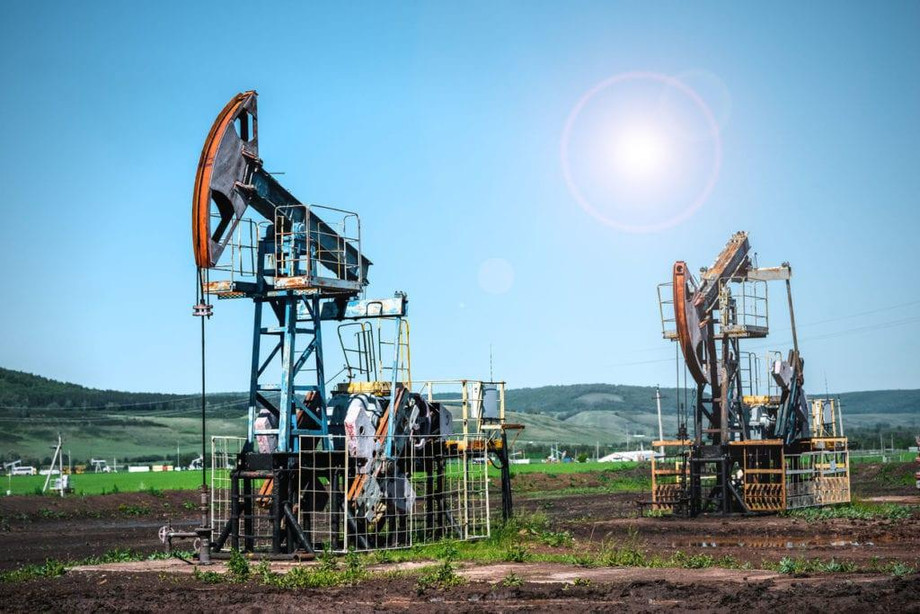The petroleum industry relies heavily on chemical additives and formulations at every stage of oil and gas extraction and production. While crude oil and natural gas are the primary products and revenue generators, oilfield chemicals play a vital supporting role by improving production efficiency, optimizing recovery rates, and addressing various downhole and above-ground challenges. Without these specialty chemical formulations, modern-day petroleum operations simply would not be economically or technically feasible.
Drilling Fluids
Drilling fluids, also known as drilling muds, are arguably the most important type of Oilfield Chemicals. Used in both onshore and offshore oil/gas wells during drilling activities, drilling fluids perform essential functions like removing rock cuttings from the borehole, cooling and lubricating the drill bit, maintaining well control, and providing hydrostatic pressure to prevent influxes from formation fluids. Typical drilling mud formulations contain clay minerals, wetting agents, viscosifiers, pH regulators, lubricants, and other additives customized for the specific well conditions and drilling objectives. Proper mud design and maintenance is critical for wellbore integrity, successful drilling operations, and protection of valuable subsurface assets.
Cementing Chemicals
Once drilling reaches total depth, cementing chemicals are employed to seal the wellbore. Cement slurries contain cement powder (usually Portland or pozzolanic cement), water, and additives that impart certain mechanical properties and performance characteristics. Common cementing additives include fluid loss control polymers, dispersants, retarders, accelerators, gas blockers, and extenders. Their purpose is to provide zonal isolation between hydrocarbon zones, support the casing strings, prevent migration of fluids in the annulus, and allow proper bonding and setting of the cement under varying downhole conditions like pressure and temperature gradients. Adequate well cementing using chemically engineered slurries plays an important role in well integrity.
Production and Completion Chemicals
After well completion, oilfield chemicals are still actively used during the production phase. Scale inhibitors prevent mineral scale deposition inside tubulars and downhole equipment. Corrosion inhibitors form protective films on metal surfaces to hinder corrosion. Paraffin dispersants and solvents dissolve and disperse paraffinic hydrocarbons that can potentially cause waxy deposits. Hydrate inhibitors modify gas hydrates behavior to prevent blockages. Biocides eliminate bacterial growth that leads to souring of reservoirs. Surfactants are employed for acidizing, fracturing, acid fracturing, and matrix stimulation jobs to enhance contact between fluids and formation. Chemical tracers help perform injection profiles and fluid tracking during various well treatments. All these production and well treatment chemicals help maximize asset productivity over the lifetime of oil and gas fields.
Workover and Well Repair Operations
Occasionally, oil and gas wells require workover and repair interventions such as acid treatments, hydraulic fracturing, sand control, and remedial cementing to bring back or enhance production rates. A number of specialty chemicals are formulated specifically for these well intervention applications. Acids, breakers, gelling agents, proppants, tackifying agents, ball sealers, and diverting agents are some common examples. When properly applied, they address downhole issues like formation damage, sand production, loss of permeability, water or gas influxes in an efficient and cost-effective manner. Application of remedial chemicals thus helps prolong well and reservoir lifespan through improved zonal access and flow assurance.
Chemical Formulation Challenges
Developing new oilfield chemical formulations or modifying existing ones to adapt to fluctuating industry demands and field conditions is an ongoing process. Major challenges faced by chemical companies include overcoming the harsh downhole environment of high pressures and temperatures, designing chemicals compatible with reservoir fluids and compatible with other treatment chemicals, imparting proper functionality over an application's wide temperature range, maintaining stability over long periods of storage and use, meeting various regulatory safety and environmental standards, and keeping costs optimized for profitability. Continuous research and testing under simulated reservoir conditions helps devise improved solutions for addressing complex oilfield problems.
Get This Report in Japanese Language -油田化学品
Get This Report in Korean Language -유전 화학
Read More Articles Related to this Industry –
Types of Agrochemicals and Their Role in Modern Farming
The Impact of Agrochemicals on Soil Health and Crop Yield
About Author:
Priya Pandey is a dynamic and passionate editor with over three years of expertise in content editing and proofreading. Holding a bachelor's degree in biotechnology, Priya has a knack for making the content engaging. Her diverse portfolio includes editing documents across different industries, including food and beverages, information and technology, healthcare, chemical and materials, etc. Priya's meticulous attention to detail and commitment to excellence make her an invaluable asset in the world of content creation and refinement.
(LinkedIn- https://www.linkedin.com/in/priya-pandey-8417a8173/)

